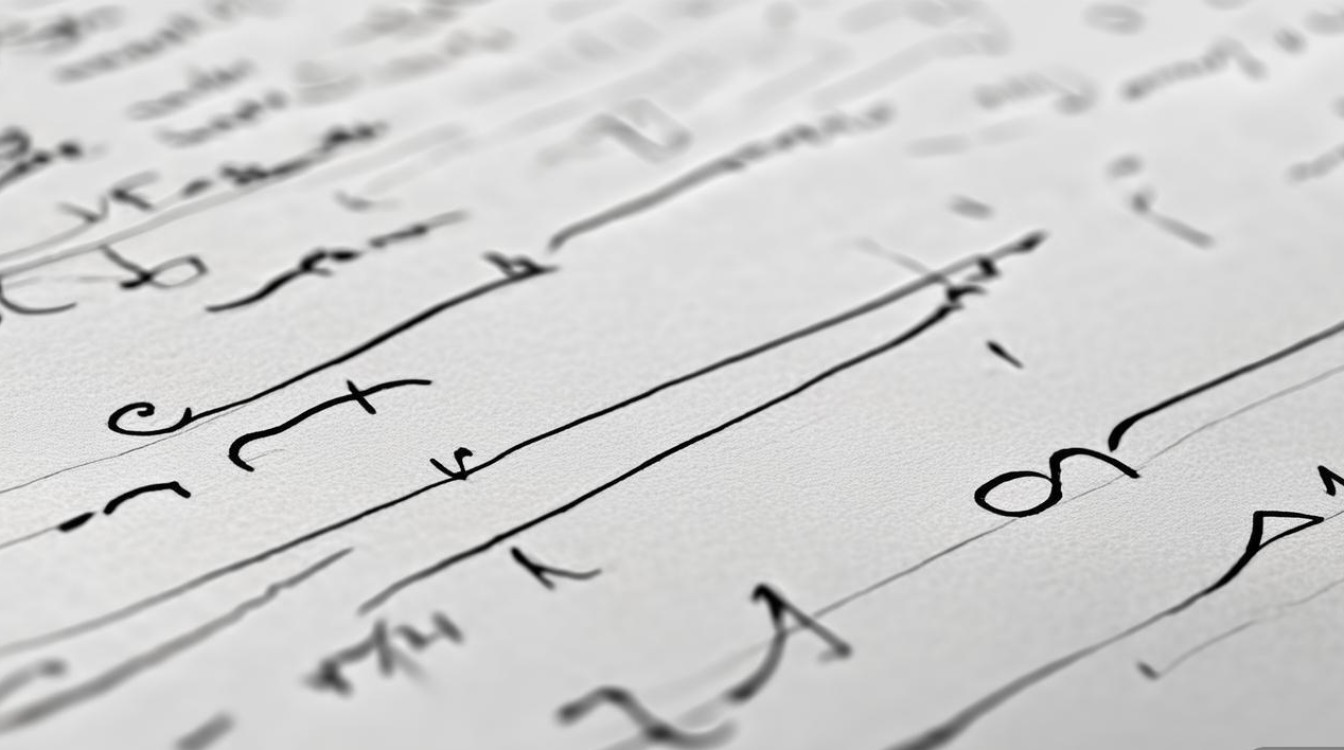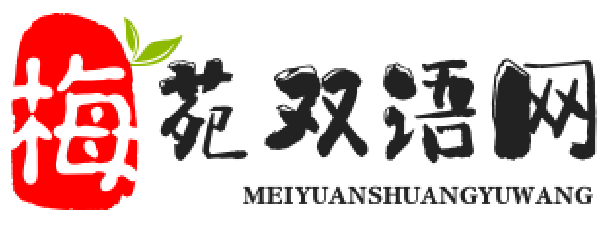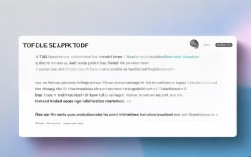核心原则:先说“月”,再说“日”,可选)“年”
这是最基本、最通用的规则。

格式:Month + (the) + Day (+ , + Year)
- 月份: 直接用月份名称。
- 日期: 通常要加上序数词词尾,如
1st,2nd,3rd,4th... 但在口语中,the和序数词词尾常常被省略。 - 年份: 通常放在最后,用逗号与日隔开(当有完整年月日时)。
详细分解与口语技巧
月份
月份的名称需要记住,注意首字母要大写。
- January (Jan.)
- February (Feb.)
- March (Mar.)
- April (Apr.)
- May (没有缩写)
- June (Jun.)
- July (Jul.)
- August (Aug.)
- September (Sept.)
- October (Oct.)
- November (Nov.)
- December (Dec.)
口语技巧:
在口语中,人们经常使用月份的缩写,尤其是在书写非正式的便条或日程时。Meet on Fri., Oct. 27th。
日期
日期的读法是口语的重点。
A. 标准读法(带序数词) 这是最正式、最标准的说法,适用于演讲、新闻、书面语等。
- 1st → first
- 2nd → second
- 3rd → third
- 4th → fourth
- 5th → fifth
- 21st → twenty-first
- 22nd → twenty-second
- 23rd → twenty-third
- 31st → thirty-first
例句(标准):
- "The meeting is on May 5th, 2025." (会议在2025年5月5日举行。)
- "She was born on December 25th, 1990." (她出生于1990年12月25日。)
B. 口语简化读法(省略 the 和词尾)
在日常对话中,为了更自然、更快速,人们通常会省略 the 和序数词的词尾 (-st, -nd, -rd, -th)。
例句(口语简化):
- "Let's meet on May 5." (我们5月5号见吧。) - 这是最常见的说法。
- "What are your plans for December 25?" (你12月25号有什么计划?)
- "The deadline is June 30." (截止日期是6月30号。)
C. 特殊读法
对于一些特定日期,有约定俗成的读法,通常不带 the 和词尾。
-
月 + 日: 直接读数字。
- May 4th → May four
- November 11th → November eleven
- "I'll be back on August eight." (我8月8号回来。)
-
月 + the + 序数词: 用于强调或特定节日。
- July 4th → the fourth of July (美国独立日)
- "We celebrate the fourth of July every year." (我们每年都庆祝7月4日独立日。)
- December 25th → Christmas Day (圣诞节),但也可以说 "the twenty-fifth of December"。
-
序数词 + 月: 这种用法在英国英语中更常见。
- 5th May → the fifth of May
- "My birthday is the twenty-first of June." (我的生日是6月21日。)
年份
年份的读法有两种主要方式,取决于年份的构成。
A. 两位两位地读 (2000年以前最常用) 将年份分成前两位和后两位来读。
- 1984 → nineteen eighty-four
- 2005 → two thousand and five (美式英语常省略
and→ two thousand five) - 1876 → eighteen seventy-six
- 1999 → nineteen ninety-nine
B. 全数字读法 (2000年以后更常用) 对于2000年以后的年份,特别是21世纪,通常直接读出完整数字。
- 2000 → the year two thousand
- 2001 → two thousand and one / two thousand one
- 2010 → two thousand and ten / twenty ten (越来越流行)
- 2025 → twenty twenty-three
- 2050 → twenty fifty
C. 特殊年份读法
- 2000年:the year two thousand
- 2001-2009:通常读作 two thousand and one / two thousand one...
- 2010至今:twenty ten, twenty eleven, twenty twenty-three 等,已经成为主流。
综合应用与场景对话
谈论生日
A: When's your birthday? B: It's on June 12th. (标准) B: It's on June 12. (口语,更自然) A: Oh, nice! So you were born in nineteen ninety-five? B: Yeah, that's right. I'm turning 29 this year.
预约/安排会议
A: When would be a good time for our next meeting? B: How about October 26th? A: Let me check my calendar... Okay, October 26th works for me. B: Great. See you then at 10 AM.
谈论历史事件
A: Do you know when World War II ended? B: Yeah, it ended in nineteen forty-five.
谈论未来计划
A: When's your flight to Japan? B: It leaves on March 8th. A: And what year? B: Twenty twenty-five.
重点总结与速查表
| 项目 | 标准说法 | 口语/简化说法 | 示例 |
|---|---|---|---|
| 完整日期 | Month + (the) + Day, + Year | Month + Day (+ Year) | May 5th, 2025 → May 5, 2025 |
| 月份 | January, February... | Jan., Feb., Mar... | (在口语中直接说出全称) |
| 日期 | (the) fifth, (the) twenty-first | five, twenty-one | on May 5th → on May 5 |
| 年份 (20世纪) | nineteen eighty-four | nineteen eighty-four | 1984 → 1984 |
| 年份 (21世纪) | two thousand and five / twenty twenty-three | two thousand five / twenty twenty-three | 2025 → 2025 |
实用口语表达
除了说出具体日期,你还需要一些常用语来开启和延续对话。
-
询问日期:
- "What's the date today?" (今天几号了?)
- "When is your birthday?" (你生日是什么时候?)
- "What day is October 10th this year?" (今年10月10日是星期几?)
-
回答日期:
- "It's May 20th." (今天是5月20号。)
- "My birthday is on July 22nd." (我生日是7月22号。)
-
谈论时间点:
- "See you next Friday." (下周五见。) - 指下一个周五
- "See you this Friday." (这周五见。) - 指本周周五
- "The deadline is the end of the month." (截止日期是这个月底。)
希望这份详细的指南能帮助你自信地用英语谈论日期!多练习,很快就能脱口而出。











